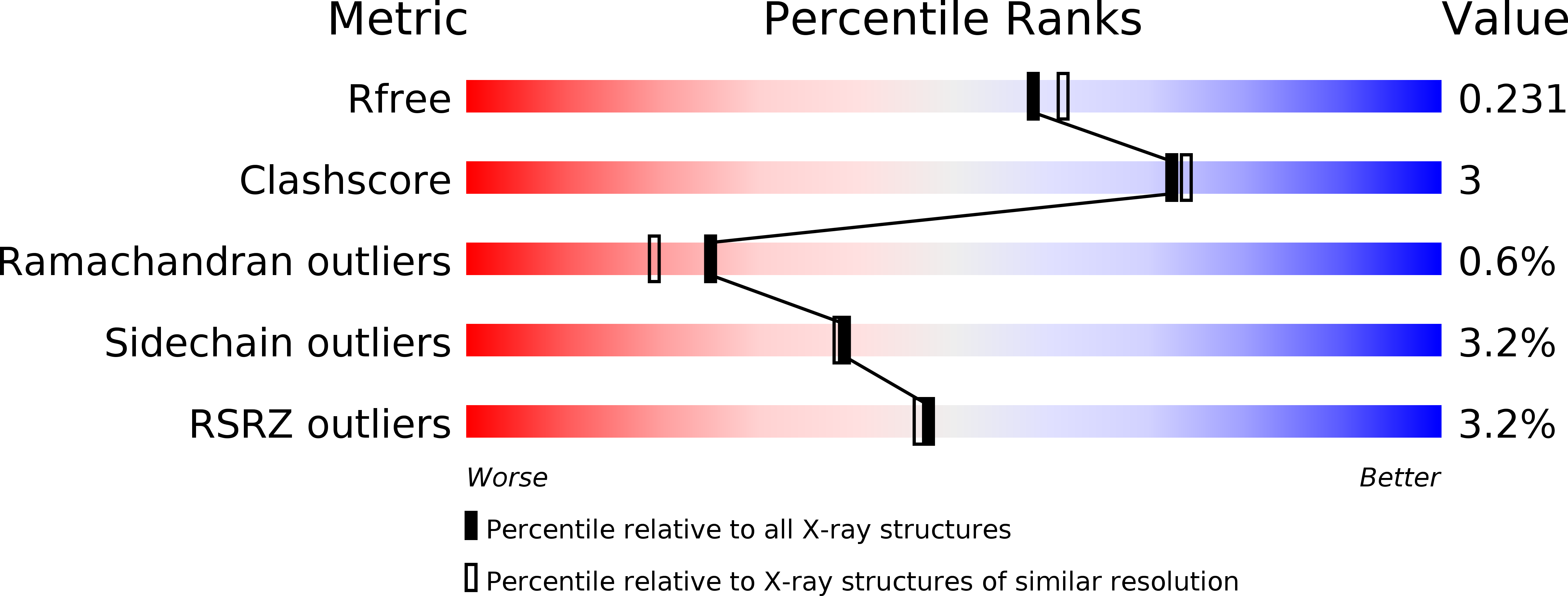
Deposition Date
1999-10-04
Release Date
1999-11-14
Last Version Date
2024-05-01
Entry Detail
PDB ID:
1QMP
Keywords:
Title:
Phosphorylated aspartate in the crystal structure of the sporulation response regulator, Spo0A
Biological Source:
Source Organism:
Geobacillus stearothermophilus (Taxon ID: 1422)
Host Organism:
Method Details:
Experimental Method:
Resolution:
2.00 Å
R-Value Free:
0.25
R-Value Work:
0.19
R-Value Observed:
0.20
Space Group:
P 21 21 21


